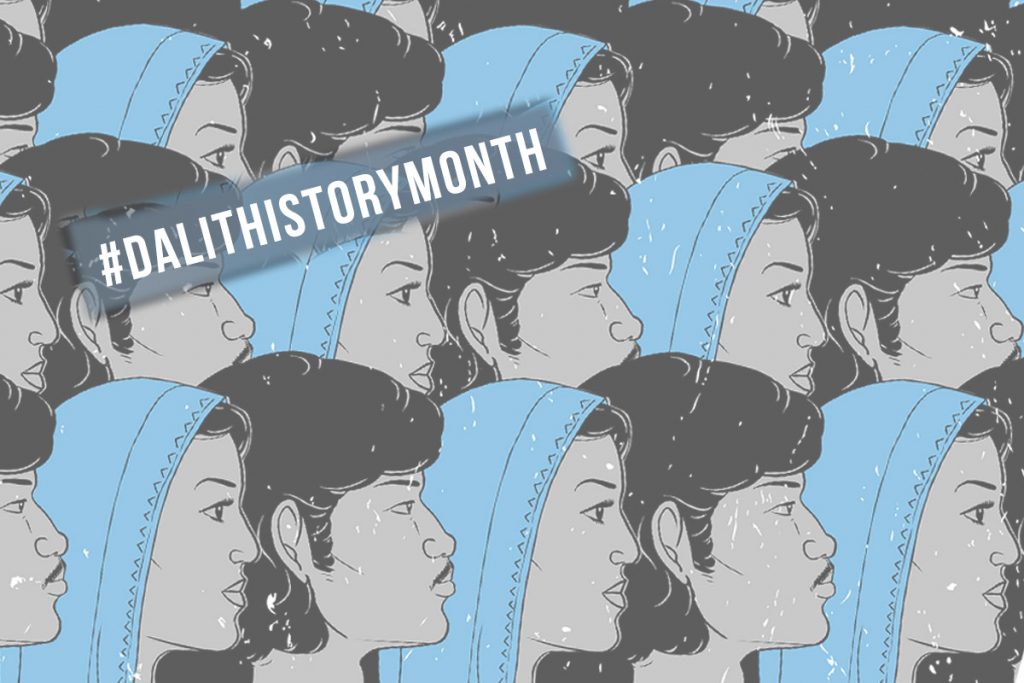
Remembering Who We Lost – Mass Murders of Dalits in Bihar During 1976–2000
Bihar in the 1970s began to see a series of small to insignificant state recommended land redistribution schemes transferring land to landless Dalits laborers from landlords. But even these small efforts at mobility resulted in a state of extreme violence against Dalits for the following thirty years.
Dalits wanted to leave behind the feudal Brahminism that ruled their lives as laborers working Caste landlord’s farms. They wanted to be able to till their own small pieces of land or at least have their agricultural work wages be increased. Many people were allured by the ultra-left ideology to actively use armed struggle to obtain these rights. This increasing assertion destabilized the landlord-bonded labor relationship and frightened land owning Castes who then banded together to form several Caste paramilitary styled armies.

These included the most famous of them — The Ranvir Sena, but also The Savarna Liberation Front, The Kisan Sangh, and some Caste-specific armies — Bhumihars’ Brahmrishi Sena, Yadavs’ Lorik Sena, Mandal Sena and others, Kurmis’ Bhoomi Sena and the Rajputs’ Sunlight Sena, Ganga Sena and Kuer Sena, Brahmins’ Azad Sena, the Samajwadi Krantikari Sena formed specially to fight against those who supported reservation (Affirmative Action).
These groups waited until night fell and then dragged sleeping Dalit families out on to fields and streets and massacred them en masse. It is said that the landlords even chose an “auspicious time” and prayed, took their mother’s names and then went out to their killing sprees.
Many focused their attacks on children and young women, especially pregnant women, attacks on whom they believed would keep their Dalit workforce populations in check.
From 1976 to 2000, and even after, these pogroms continued unchecked. Perhaps the deepest, most painful outcome for the survivors and families of victims fighting for justice is that the legal system has completely failed to indict any of the killers.
We must remember that post-2000, these rampages have not completely ended. The severity may have subsided but atrocities continue and thousands of cases are pending before the courts.
Bihar Dalits battle continues. Today in #DalitHistory, we remember them and also mourn those lost to this 25-year long ethnic-cleansing.
Sources: National Crime Bureau Data, Prakash Louis, People Power: The Naxalite Movement in Central Bihar, New Delhi: Wordsmiths, 2002, Dalits and the State, Gyansham Shah




Jaibhim salute to the Velivada team.t.theethan